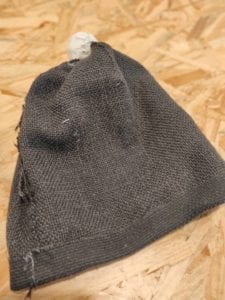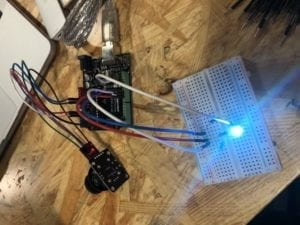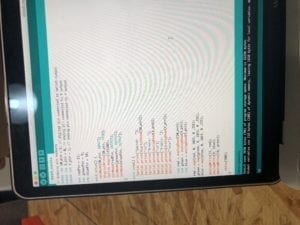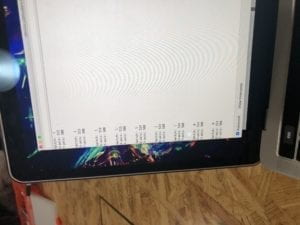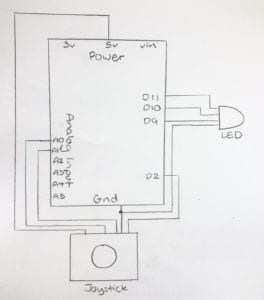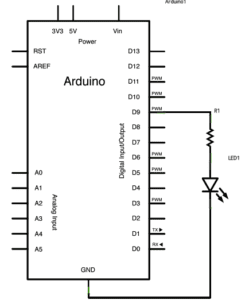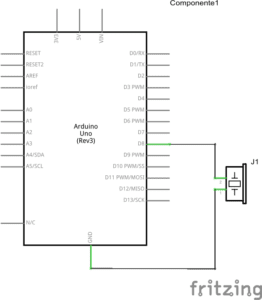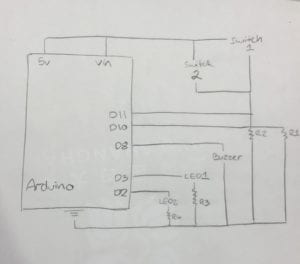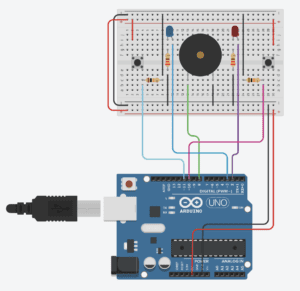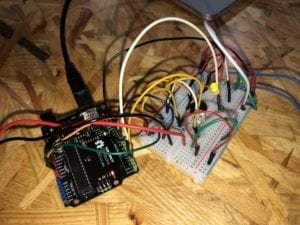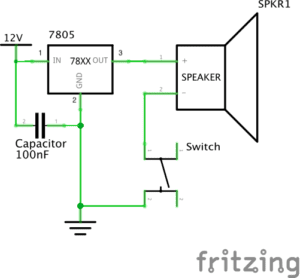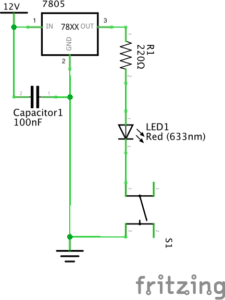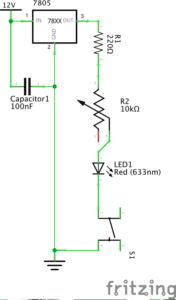Interactive Group Project; Week 4
Research
Interaction is when different things communicate with each other in order to achieve a goal. With reference to technology, interaction between humans and technological devices is the two working together, usually with the person triggering a certain response from the computer, in order to evoke a specific, predisposed outcome.
Project 1
Anti-Drawing Machine – Whimsical and imperfectly characteristic collaborator
I like this project because it exemplifies a direct interaction between a person and technology; someone drawing directly triggers the paper to move based on their hand motions, and the user is able to see and enjoy a finished project (their drawing) at the end, which was created as a collaboration between the person drawing and the machine.
Project 2
I don’t like this project because the actual user who gets to see and experience the installation isn’t the person triggering the light response. I think of interaction as a user being able to cause an action and then be able to see or in some way sense the triggered response. In this project, the people driving the cars which trigger the lights don’t get to actually see the lights (since they are in the car on the highway).
Our Project- Dreamie Beanie
The idea we came up with for our project is a ‘beanie’ hat which can be worn during sleep and then record, animate, and analyze someone’s dreams. The hat itself is infused with sensors which pick up and record the neurological signals that shoot through the cortex of the brain during dreaming. The ‘pom pom’ at the top of the beanie is the storage device for these signals, and codes the information into a language which can be connected to a computer or screen, that then processes the code and creates an animated ‘movie’ of the dream. After watching the video representation of their dream, one could send a sheet of the key parts to a professional oneirologist (psychologist specialized in the meaning behind dreams) to receive an analysis of what the dream subconsciously reflects about the person’s state of mind and thoughts.
Our projects responds to my earlier critique of Project 2 because there is direct interaction between the user (person dreaming) and the machine (the beanie). The dreams of the person wearing the beanie interact with the technology installed in our project, and there is an end product (the animated video and analysis) which the user can enjoy, and which was created by an interaction between the person and technology.
